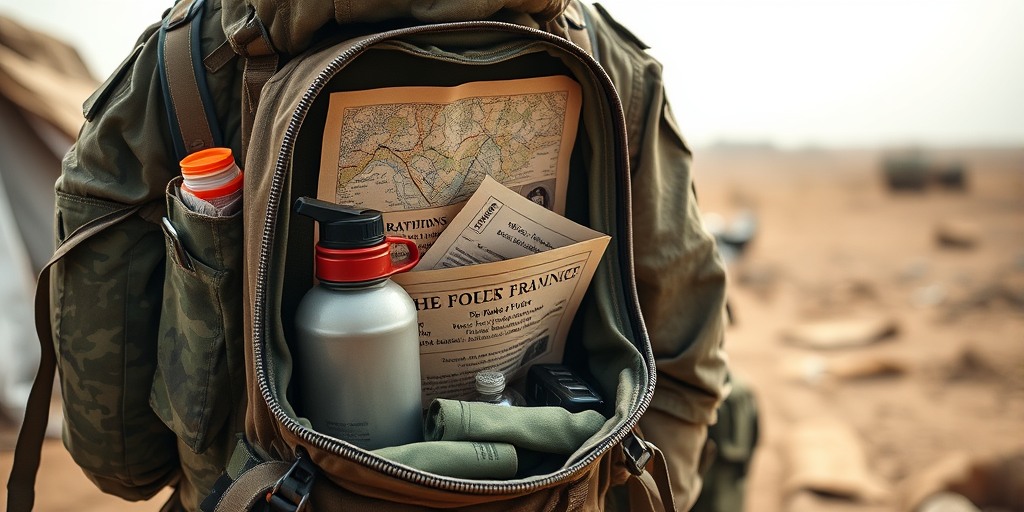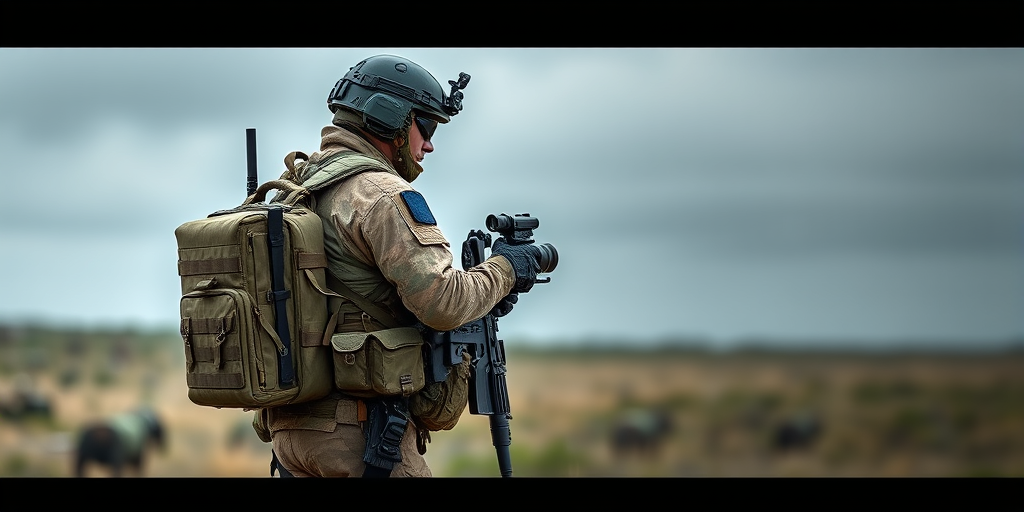Ever wondered which critical components transform a soldier’s knapsack into a lifeline on the battlefield? This article dives into the intricate balance between essential sustenance, hydration systems, shelter gear, and cutting-edge modular pouches vital for combat readiness. By unraveling historical and modern design innovations, we expose the engineering behind compact but critical load management. Prepare to explore how each item—from daily food rations to advanced communication tools—plays a strategic role in maintaining mobility and survival in volatile environments.
Historical Evolution and Design in Soldier’s Knapsack Contents

Knapsack designs evolved significantly from the Mexican-American War through the Civil War as soldiers adapted their gear to meet the practical needs of the battlefield. Early models reflected the balance between carrying sufficient supplies and maintaining personal mobility. Design innovations were continually refined, incorporating lessons learned from lengthy campaigns and shifting combat dynamics.
During the Civil War era, knapsacks began to feature distinct compartments that separated personal items from shelter necessities. One notable design was the single-bag configuration, often dubbed “the killer” for its all-in-one structure complete with a flap compartment for blankets. Later developments witnessed the introduction of double-compartment knapsacks, allowing troops to distribute weight more evenly by segregating personal belongings from shelter and gear items. Moreover, materials repurposed from traveling trunks were adapted into these designs, ensuring durability while carrying essential items. Soldiers also shared items like tents among units to optimize available resources, demonstrating the practical approach to logistical challenges.
- Single-bag design nicknamed “the killer”
- Double-compartment designs for diversified load carrying
- Use of broad straps and buckles for securing items
- Shared resource management (e.g., tents) among units
- Innovations such as the blanket roll method for versatile use
The use of broad straps and buckles not only secured loads but also minimized unnecessary movement during marches, enhancing overall combat readiness. These historical configurations laid the groundwork for modern load management strategies by emphasizing efficiency, modularity, and resource sharing.
The evolution reflected a continuous effort to reduce fatigue while ensuring that every element in the knapsack served a tactical purpose. As soldier needs and battlefield environments grew more complex, these earlier innovations influenced contemporary design by establishing key principles such as ergonomics, weight distribution, and multifunctionality.
Current military gear designs, while technologically advanced, continue to mirror this balance between carrying necessary supplies for survival and maintaining the agility required for rapid deployment in dynamic combat scenarios.
Detailed Gear Breakdown: Survival, Rations, and Essential Field Tools in a Soldier’s Knapsack

Survival gear is indispensable for ensuring that soldiers remain effective during extended field operations, where resupply may be limited and immediate self-reliance is critical. Each component in the knapsack supports both nutritional and operational needs to sustain energy and facilitate rapid repairs under challenging conditions. Soldiers depend on a balanced mix of food rations, hydration solutions, and versatile tools that allow them to address on-the-move injuries and equipment malfunctions while maintaining overall mission effectiveness.
- Hardtack: 3.5-inch square blocks constructed for enduring nutrition and long shelf life
- Meat rations: Typically provided on a pound-per-day basis to supply essential protein and caloric energy
- Coffee/Coffee substitutes: Options such as roasted chicory and ground acorns are available when traditional coffee is scarce, ensuring alertness and improved morale
- Union canteen: The 1858 model featuring a “bullseye” convex design that enhances water flow and overall hydration management
- Portable medical kit: Contains essential supplies for immediate field care, enabling prompt response to minor injuries and stabilizing conditions until further treatment
- Compact repair tools: Multi-purpose devices engineered for on-the-move fixes, reducing downtime and ensuring that critical equipment remains operational during unexpected incidents.
Each of these elements plays a strategic role in combat readiness by directly contributing to a soldier’s ability to function independently under duress. Hardtack and meat rations sustain physical strength during intensive maneuvers, while coffee substitutes bridge nutritional gaps when resources are limited. Meanwhile, the Union canteen’s innovative design ensures that hydration is maintained even in rugged terrains. The portable medical kit is critical to immediate first response, and the inclusion of compact repair tools minimizes equipment failure risks. Together, these carefully calibrated items reinforce a soldier’s capacity for independent operability on missions and provide the essential support needed to overcome unpredictable field challenges.
Final Words
The article dissected the evolution of what is in a soldier’s knapsack.
We reviewed historical designs, detailed essential daily supplies, and explored modern tactical upgrades.
Key points included load balancing, the significance of specialized gear, and the integration of advanced materials.
These insights reveal the meticulous planning behind every detail, fueling both historical knowledge and modern combat readiness.
This comprehensive overview provides a solid foundation, inspiring confidence in the continuous evolution of soldier equipment and mission success.
FAQ
What essential items do modern soldiers carry in their knapsacks?
A: Modern soldiers carry combat load essentials including a tactical hydration system, portable medical kit, encrypted communication devices, GPS navigation tools, multi-tool repair equipment, and mission-specific gear weighing between 60-100 pounds.
How much food and water does a soldier’s pack typically contain?
A: Standard military packs include 2-3 liters of water in hydration bladders, plus 2-3 days of MREs (Meals Ready to Eat). Additional water purification tools and emergency rations supplement these basics.
What’s the difference between historical and modern military backpacks?
A: Modern military backpacks feature modular designs, advanced synthetic materials, and integrated MOLLE systems for customizable attachment points. Historical packs used canvas and leather with fixed compartments.
What survival gear is mandatory in a soldier’s knapsack?
A: Essential survival gear includes first-aid supplies, fire-starting materials, multi-tool, emergency shelter, water purification system, and signaling devices. These items support 72-hour field operations.
How are military backpacks organized for combat efficiency?
A: Military backpacks utilize a layered organization system: immediate-access items (ammunition, medical) in outer pouches, mission-essential gear in main compartment, and sustainment items (food, shelter) in bottom sections.
What communication equipment do soldiers carry?
A: Soldiers carry secure tactical radios, backup communication devices, signal mirrors, and batteries. Modern systems include encrypted digital communications and GPS tracking capabilities.
How has battlefield medical gear evolved in soldier packs?
A: Modern combat medical gear includes quick-clotting agents, tourniquets, chest seals, and compact trauma kits. These advanced materials replace historical simple bandages and basic first-aid items.
